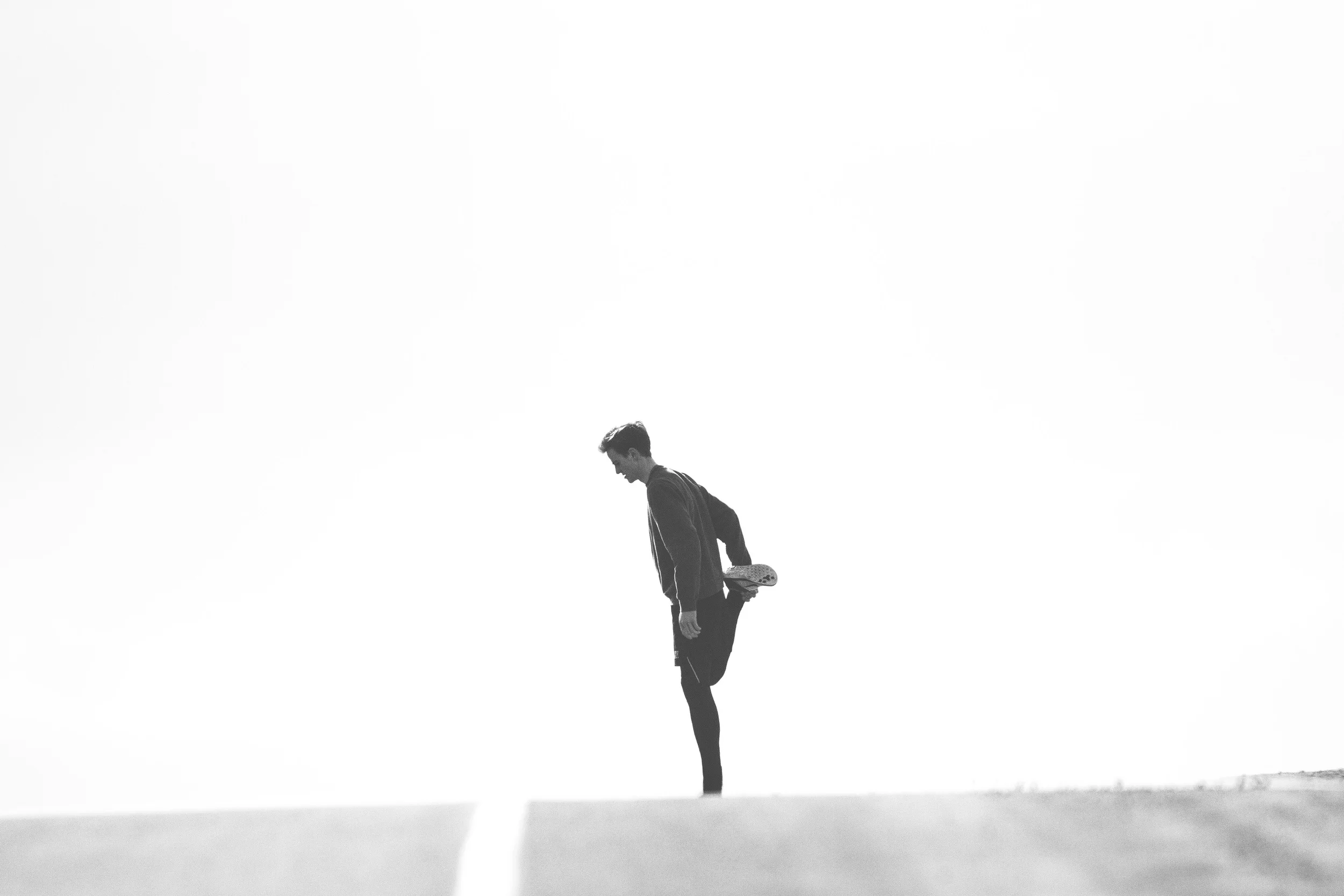IT Band Syndrome
IT Band
The iliotibial band, commonly referred to as the IT band or ITB, is a dense band of connective tissue that runs along the outside of the thigh. It attaches at the hip and shin bones, just below the knee joint (2), and works to stabilize the hip and knee during physical activity.
Symptoms of IT Band Syndrome
ITB syndrome is the second most common overuse injury among runners behind patella femoral pain syndrome and is the most common cause of lateral knee pain (5). Patients typically report a sharp, burning pain on the outside of the knee while flexing and extending the knee joint during physical activity (2). Usually recreational athletes are pain-free at the beginning of the run, but the pain begins predictably after about 5 to 10 minutes. ITB syndrome can be diagnosed with a clinical examination.
Common Causes of IT Band Syndrome
ITB syndrome is an overuse injury most common amongst runners and cyclists, but also occurs in weightlifters, skiers, and soccer players (2). Some debate exists as to why the ITB becomes irritated, either because the ITB is repetitively sliding over the outside of the knee as it bends and straightens (friction theory) or fat that contains nerves is being compressed beneath the ITB tract (compression theory) (2). Increased hip adduction and knee internal rotation is common in individuals with ITB syndrome, and explains the increased pressure of the ITB against the outside of the knee (3). This is likely the result of weak hip abductor muscles (the strongest hip abductors are the gluteus muscles).
Treatment & Prevention of IT Band Syndrome
At the initial onset of the symptoms, anti-inflammatory medication and ice may be used to reduce inflammation and pain. Of course, activity modification and rest should be employed as well. Corticosteroid injections are rarely used. A multifaceted approach involving strength and mobility work to reduce strain on the ITB has been shown to be effective (4). Myofascial release techniques can be used to mobilize and reduce strain on the inflamed tissue, focusing specifically on the ITB and trigger points in the quads, hamstrings and glutes, while strengthening the gluteus muscles will help improve control of the hip and pelvis and reduce strain on the ITB (1).
follow us
Related articles
References
- Baker, R.L. and Fredericson, M., 2016. Iliotibial Band Syndrome in Runners: Biomechanical Implications and Exercise Interventions. Physical medicine and rehabilitation clinics of North America, 27(1), pp.53-77.
- Fairclough, J., Hayashi, K., Toumi, H., Lyons, K., Bydder, G., Phillips, N., Best, T.M. and Benjamin, M., 2006. The functional anatomy of the iliotibial band during flexion and extension of the knee: implications for understanding iliotibial band syndrome. Journal of Anatomy, 208(3), pp.309-316.
- Noehren, B., Davis, I. and Hamill, J., 2007. ASB Clinical Biomechanics Award Winner 2006: Prospective study of the biomechanical factors associated with iliotibial band syndrome. Clinical biomechanics, 22(9), pp.951-956.
- Shamus, J. and Shamus, E., 2015. The management of iliotibial band syndrome with a multifaceted approach: a double case report. International journal of sports physical therapy, 10(3), p.378.
- Taunton, J.E., Ryan, M.B., Clement, D.B., McKenzie, D.C., Lloyd-Smith, D.R. and Zumbo, B.D., 2002. A retrospective case-control analysis of 2002 running injuries. British journal of sports medicine, 36(2), pp.95-101.











In Part 6 of this series of articles, Cathy describes her daily core strength and flexibility routine to stay strong and mobile.